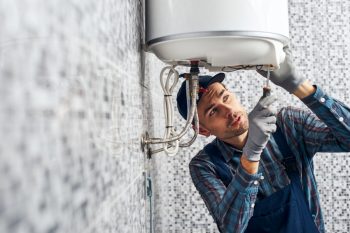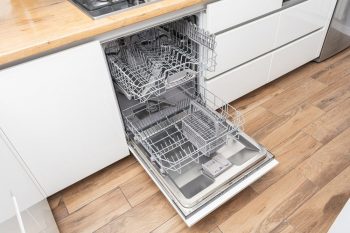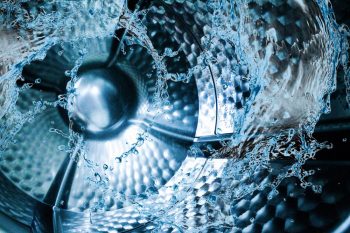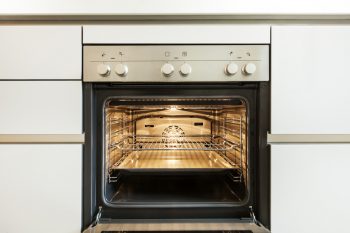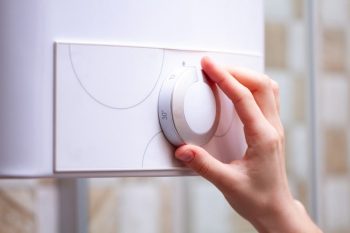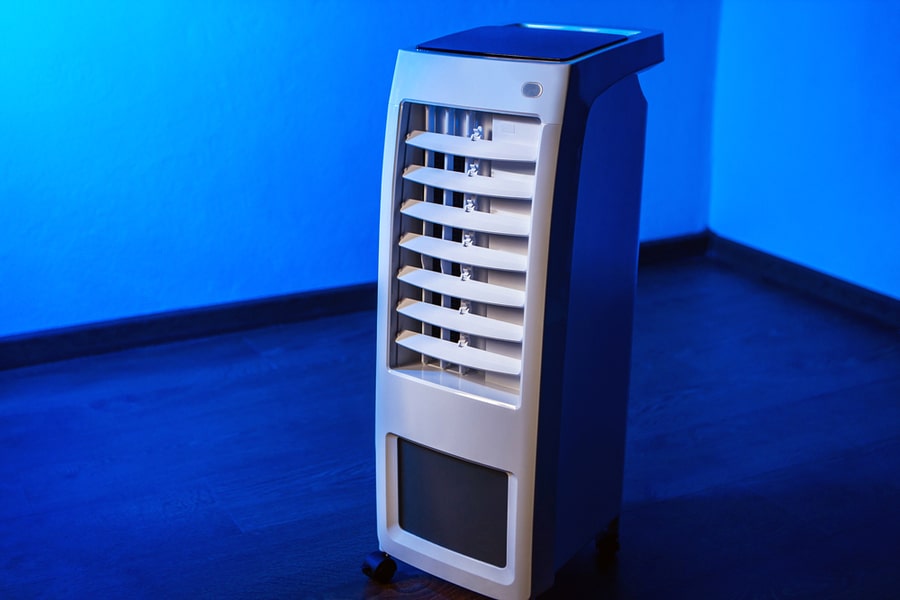
The portable air conditioner offers versatility and convenience where most fixed AC units fail. This self-contained portable system easily sets up to cool a room but also provides the unique ability to move the unit around depending on where you want to put it.
Because it doesn’t install the same way a typical AC does, portable air conditioners use an onboard water reservoir to collect condensation.
So unlike your standard AC, portable units require routine draining to get rid of accumulated water. But what happens if you don’t toss out the water it collects? Here’s the low down.
- Portable AC units use a reservoir to collect condensation.
- Depending on the humidity in your home, you may have to empty the reservoir once every 8 hours.
- Houses with low humidity can stand to wait longer than that, requiring more irregular drainage schedules.
- Leaving your portable AC’s reservoir full could lead to various health hazards and potential problems with your AC’s performance.
Some portable air conditioner units use a water reservoir to collect condensation produced when the AC is turned on. It’s important to routinely empty out its contents to clean your air and maintain your AC in proper working condition.
How Often Should You Drain a Portable AC?
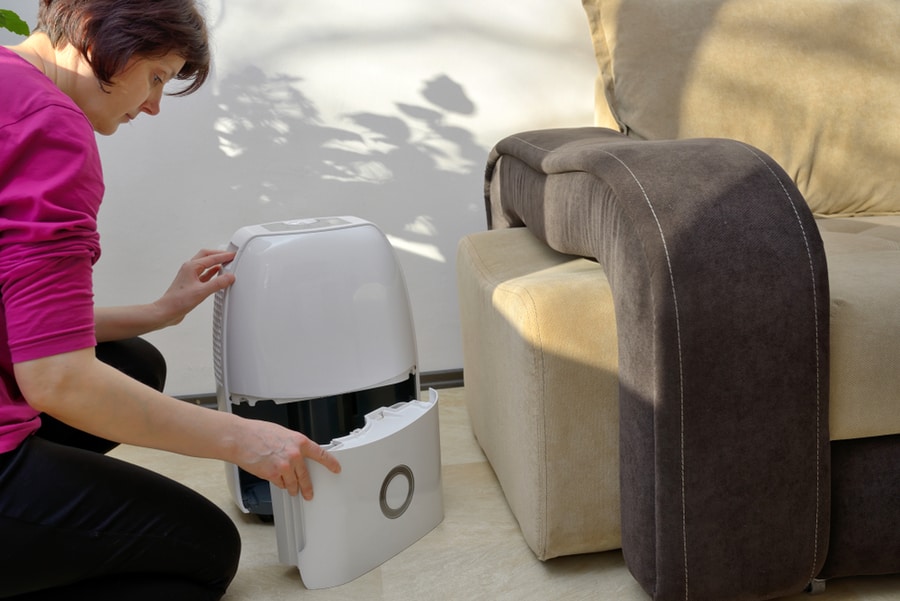
If you live in a relatively humid place, you will have to drain your portable AC reservoir at least once every eight hours, depending on how often you use it.
Experts recommend removing stagnant water from the system whenever you notice that it has reached at least half of the reservoir’s capacity. This will require some frequent inspection on your end.
However, you are not recommended to empty the reservoir if your home is low in humidity. Portable air conditioners can suck the humidity out of your home’s air, leaving it dry.
This also means that the reservoir won’t contain much water because the humidity was low in the first place. Nevertheless, you may have to drain it whenever it reaches half of the tank’s capacity.
What Happens if I Don’t Drain My Portable AC?

It can feel like a chore to constantly check and empty your AC’s reservoir. But there are more serious consequences that may result if you leave it unchecked. This can include the following:
- Automatic shut-off – Inside your AC’s reservoir is a float switch. If the water reaches a certain level, it will trigger the switch and thus prevent the air conditioner from turning on. When you drain the water and turn off the switch, the AC will continue to work.
- Mold and mildew – Contaminants like mold love moist, wet areas. Leaving the water in your reservoir risks the growth of such contaminants. If mold starts to grow throughout your AC, you risk spewing its dangerous spores throughout your home whenever you turn your air conditioner on
- Disease-carrying insects – Water attracts insects, especially house flies, and mosquitoes. Stagnant water in a quiet reservoir provides these disease-carrying insects with the perfect nesting grounds.
- Warranty violation – Some manufacturers will place reservoir maintenance instructions in their user manuals. If you don’t read and follow these directions, you risk voiding your warranty. So in case your AC is damaged because of the accumulated water, the manufacturer reserves the right to deny you free repair services.
Takeaway
Although convenient and versatile, portable air conditioners come with special care and maintenance requirements that you can’t overlook.
One of them is the need for routine reservoir emptying. Make sure you follow the right schedule to get rid of collected water, so your portable AC works as intended.
Frequently Asked Questions
Do All Portable ACs Need To Be Drained?
Not all portable ACs use a reservoir. Some designs incorporate a drain hose that can lead to a drain outside your space, so you don’t have to keep draining the reservoir.
If you’re not keen on constantly checking the collected water, a portable air conditioner with a hose might be more suited.
What Is Normal Indoor Humidity?
Indoor humidity should normally fall between 30 and 50%. If your indoor space exceeds 50% humidity, drain your portable AC every 8 hours.
If it falls below 50%, consider leaving it at least until it’s half full.


